Lest We Forget: The Heroic Saga of the Philadelphia V


USS Philadelphia V
--------------------------------------------
 A note from Radarsite: Unfortunately, the treasures of history are fragile bequests. Had it not been for my chance encounter with 86 year old ex-Seaman Anthony L. Simone in the laundry room of the apartment complex we share, the illustrious and action-packed career of the WWII light cruiser USS Philadelphia V might, for all intents and purposes, have been lost to all but the most ardent naval historians. And that would be a travesty of justice. For me, the heroic exploits of this fine ship and her loyal crew symbolize the courageous actions of all of our fine American WWII troops, all over the world. Unfortunately, these noble warriors are fast becoming a dying breed. Like so many similar remembrances, this great epic saga has, over the years, been reduced to a handful of all but anonymous family histories, built around these precious but all-too-fragile personal memories. And if we're not careful, if we don't personally take the time to record these precious WWII memories, then these fascinating personal stories, and the greater histories which they entail, will be lost to us forever. Here, thankfully, is one that didn't get away. I feel humbled and honored to be able to bring to you this exclusive Radarsite interview with my friend, ex-Seaman Anthony L. Simone.
A note from Radarsite: Unfortunately, the treasures of history are fragile bequests. Had it not been for my chance encounter with 86 year old ex-Seaman Anthony L. Simone in the laundry room of the apartment complex we share, the illustrious and action-packed career of the WWII light cruiser USS Philadelphia V might, for all intents and purposes, have been lost to all but the most ardent naval historians. And that would be a travesty of justice. For me, the heroic exploits of this fine ship and her loyal crew symbolize the courageous actions of all of our fine American WWII troops, all over the world. Unfortunately, these noble warriors are fast becoming a dying breed. Like so many similar remembrances, this great epic saga has, over the years, been reduced to a handful of all but anonymous family histories, built around these precious but all-too-fragile personal memories. And if we're not careful, if we don't personally take the time to record these precious WWII memories, then these fascinating personal stories, and the greater histories which they entail, will be lost to us forever. Here, thankfully, is one that didn't get away. I feel humbled and honored to be able to bring to you this exclusive Radarsite interview with my friend, ex-Seaman Anthony L. Simone.First, the history of the ship. Then, the personal remembrances of one of her brave and highly-decorated crewmen. - rg
---------------------------------------
The fifth Philadelphia, a light cruiser, was laid down 28 May 1935 at the Philadelphia Navy Yard; launched 17 November 1936; and commissioned at Philadelphia 23 September 1937, Captain Jules James in command. After fitting out, the cruiser departed Philadelphia 3 January 1938 for shakedown in the West Indies followed by additional alterations at Philadelphia and further sea trials off the Maine coast. Philadelphia called at Charleston, S.C. 30 April 1938 and hosted President Roosevelt the first week of May for a cruise in Caribbean waters. The President debarked at Charleston 8 May and Philadelphia resumed operations with Cruiser Division 8 off the Atlantic coast. She was designated flagship of Rear Admiral F.A. Todd, Commander Cruiser Division 8 Battle Force, 27 June. In the following months she called at principal ports of the West Indies, and at New York, Boston, and Norfolk. Transiting the Panama Canal 1 June 1939, Philadelphia joined Cruiser Division 8 in San Pedro, Calif. 18 June for Pacific coastal operations. She departed Los Angeles 2 April 1940 for Pearl Harbor, where she engaged in fleet maneuvers until May 1941.
Cruiser Philadelphia stood out of Pearl Harbor 22 May 1941 to resume Atlantic operations, arriving Boston 18 June. At this point she commenced neutrality patrol operations, steaming as far south as Bermuda and as far north as Halifax, Nova Scotia. She entered Boston Navy Yard 25 November for upkeep and was in repair status there when the Japanese attacked Pearl Harbor. Eleven days after the Japanese attack, Philadelphia steamed for exercises in Casco Bay, after which she joined two destroyers for antisubmarine patrol to Argentia, Newfoundland. Returning to New York 14 February 1942, she made two escort runs to Hafnarfjordur, Iceland. She then joined units of Task Force 22 at Norfolk 16 May, departing two days later for an ASW sweep to the Panama Canal. She then returned to New York, only to depart 1 July as an escort unit for a convoy bond for Greenock, Scotland. The middle of August found her escorting a second convoy to Greenock. Returning to Norfolk, Va. 15 September, she joined Rear Admiral H. Kent Hewitt's Western Naval Task Force. This force was to land some 35,000 troops and 250 tanks of General Patton's Western Task Force at three different points on the Atlantic coast of French Morocco. Philadelphia became flagship of Rear Admiral Lyal A. Davidson, commanding the Southern Attack Group. which was to carry 6,423 troops under Major General E. N. Harmon, USA, with 108 tanks, to the landing at Safi, about 140 miles south of Casablanca.
Read the rest at Radarsite: Sphere: Related Content



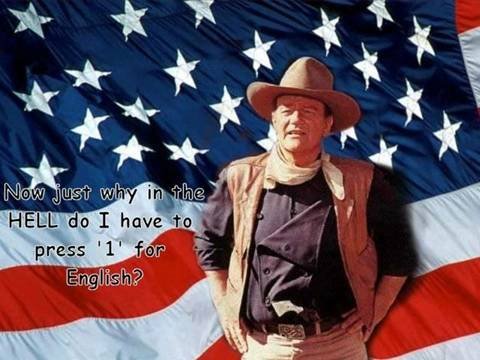
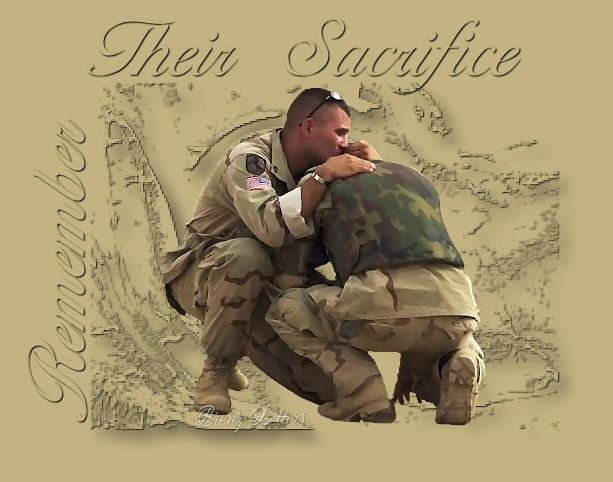



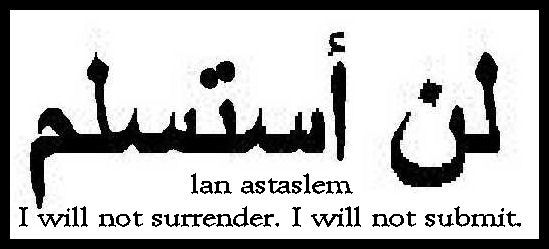







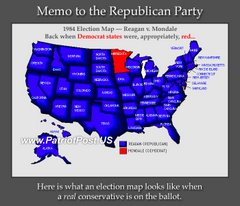

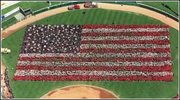
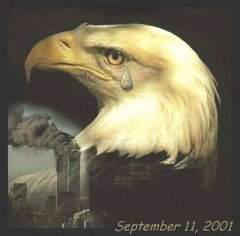























|